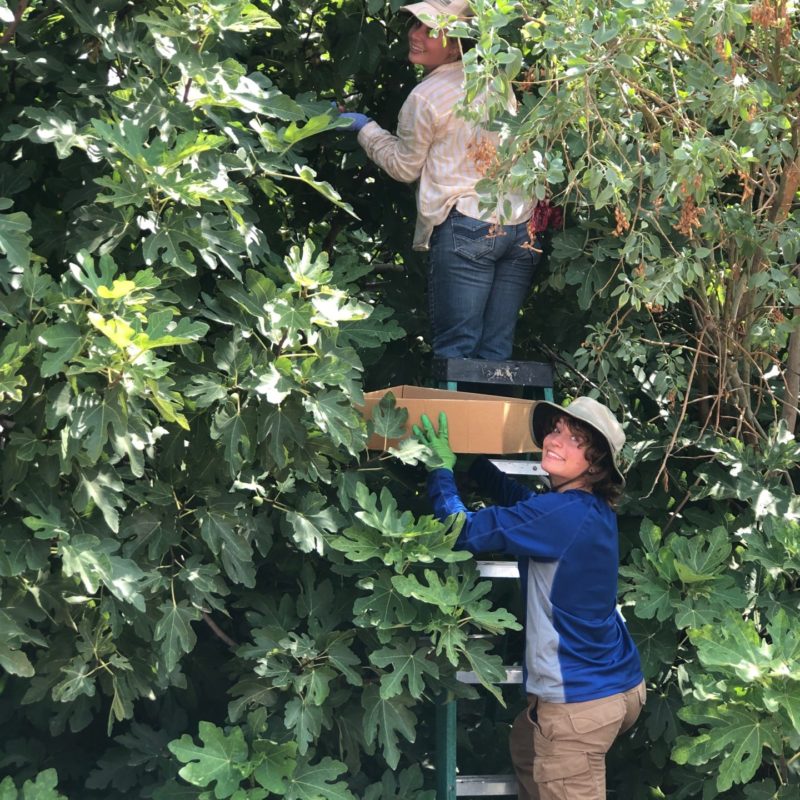Monsoon Season on the Farm

For Arizona farmers, summer monsoons are more than just reprieve from the intense heat – the health of their crops depends on the annual rainfall. After two years of drought, our farmers at Sleeping Frog Farms and Crooked Sky Farms are relieved by the wet summer we’ve had this year.
A good monsoon season means that the San Pedro River, along which Sleeping Frog Farms is situated, is rushing. Rainfall irrigates the fields naturally and allows the farmers to pump less water from the well, which is great for water conservation. Still, the monsoon brings its own challenges. “Lots of rain makes the weeds twice as crazy,” says Sleeping Frog Farms Farmer Laurel Goslin. All summer long they battle fast-growing weeds that can quickly take over an entire field. Heavy monsoon rains can also damage produce, like the delicate cherry tomatoes that split so easily.
Although it’s at a higher elevation than Tucson, working at Sleeping Frog Farms in the summer can be trying. Between the high humidity and large rattlesnake population (after all, “cascabel” means “rattle” in Spanish), working on the farm this time of the year takes its toll. Yet our farmers persevere, growing and harvesting warm weather crops like Armenian cucumbers, basil, eggplant, and Sungold tomatoes for our Wednesday CSA shares. Although they and other area farmers have had difficulty growing slicing tomatoes the last few summers (the plants tend to grow tall and lush but lose their flowers before fruiting), they’re beginning to get green fruit on this year’s plants and are hopeful that they’ll ripen well. Several varieties of peppers, such as jalapeños and lunchbox, are also beginning to come in, and CSA members can expect to see more peaches in their shares for the next few weeks.
Even though summer crops are in full swing, it’s already time for farmers to begin planning their summer and winter crops. Farmer Laurel will begin seeding cool-weather crops like kale, cabbage, and broccoli in mid-August so that she can get them into the ground by September, before the first frost of the season. Seedlings need to be watered three times each day and one missed watering could be the end of them. It might still be a while before CSA members start seeing greens in their shares, but there’s lots of fall produce to look forward to until then. Apples, beginning with sweet galas, will be ready for harvest in the next two or three weeks, accompanied by winter squash and other autumnal favorites.